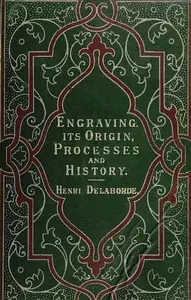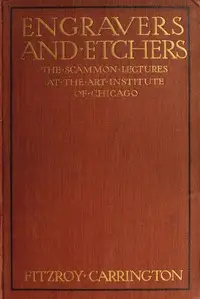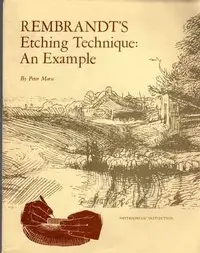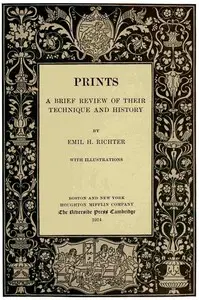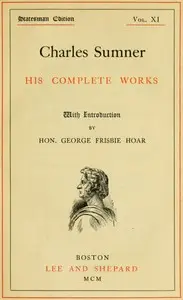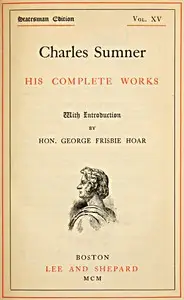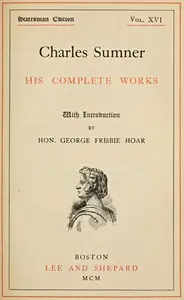"The Best Portraits in Engraving" by Charles Sumner is a journey into the world of portrait engravings, showcasing their artistic value. Written in the 1800's, the book examines the importance of engraving in painting and art history. The book looks at and judges famous portrait engravings, studying the work of different artists throughout time. Famous engravers like Albert Dürer, Rembrandt, and Jean Morin are discussed, with information about their methods and the effects of their art. Sumner studies how portrait engraving changed over time, comparing impressive artwork of people with the problems of turning the human body into this art style. Furthermore, the book thinks about how engravings help save the images and work of important people in different jobs, claiming that the greatest engravings go beyond just copying, and instead, they are an important part of art history.

The Best Portraits in Engraving
By Charles Sumner
Explore the stunning craft of immortalizing historical figures through meticulously detailed engravings.
Summary
About the AuthorCharles Sumner was an American lawyer, politician, and statesman who represented Massachusetts in the United States Senate from 1851 until his death in 1874. Before and during the American Civil War, he was a leading American advocate for the abolition of slavery. He chaired the Senate Foreign Relations Committee from 1861 to 1871, until he lost the position following a dispute with President Ulysses S. Grant over the attempted annexation of Santo Domingo. After breaking with Grant, he joined the Liberal Republican Party, spending his final two years in the Senate alienated from his party. Sumner had a controversial and divisive legacy for many years after his death, but in recent decades, his historical reputation has improved in recognition of his early support for racial equality.
Charles Sumner was an American lawyer, politician, and statesman who represented Massachusetts in the United States Senate from 1851 until his death in 1874. Before and during the American Civil War, he was a leading American advocate for the abolition of slavery. He chaired the Senate Foreign Relations Committee from 1861 to 1871, until he lost the position following a dispute with President Ulysses S. Grant over the attempted annexation of Santo Domingo. After breaking with Grant, he joined the Liberal Republican Party, spending his final two years in the Senate alienated from his party. Sumner had a controversial and divisive legacy for many years after his death, but in recent decades, his historical reputation has improved in recognition of his early support for racial equality.


